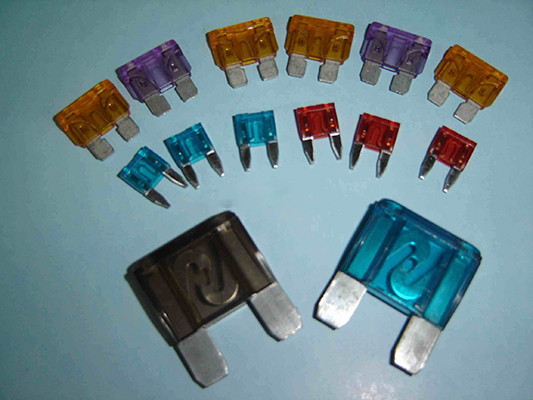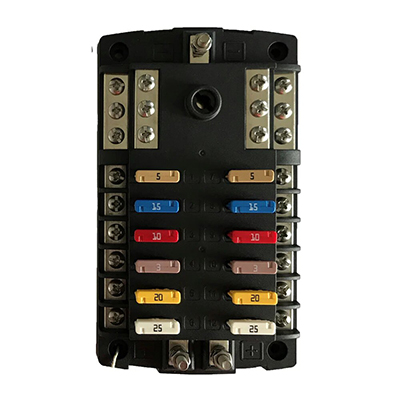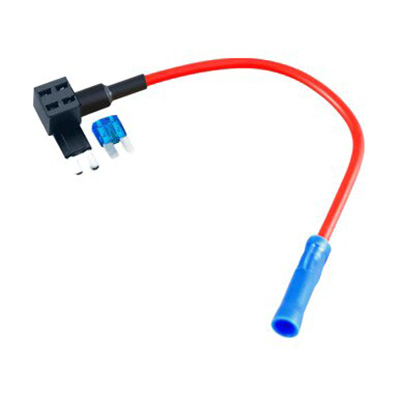Optimizing Vehicle Safety with Advanced Fuses for Electric Cooling Systems in Automobiles
News 2025-10-13
In the realm of automotive electronics, fuses play a critical role in safeguarding components like electric cooling fans and thermostats. These devices are essential for maintaining optimal engine temperatures, preventing overheating in high-performance vehicles. Fuses act as the first line of defense against electrical faults, ensuring that surges do not damage sensitive systems. Understanding the specifications of car fuses helps in selecting the right ones for efficient operation and longevity. This discussion explores how proper fuse selection enhances reliability in modern cars, focusing on practical integration and benefits.

Car fuses are integral in electric cooling fan setups, where they protect motors from excessive current draw during operation. In scenarios involving heavy traffic or hot climates, these fans activate to dissipate heat from the radiator, and fuses prevent circuit overloads that could lead to fan failure. For thermostats, which regulate coolant flow based on engine temperature, fuses safeguard against short circuits that might occur from wear and tear. Real-world applications include sports cars and SUVs, where precise temperature control is vital for performance and fuel efficiency, making fuses indispensable for seamless functionality.
High-quality car fuses offer superior protection through fast-acting mechanisms that interrupt current flow in milliseconds during faults. This rapid response minimizes damage to cooling fans and thermostats, preserving their operational integrity over thousands of miles. Materials like ceramic or blade-style fuses provide enhanced durability against vibrations and environmental factors, ensuring consistent performance in diverse driving conditions. Their compact design allows for easy installation in tight engine compartments, while compatibility with various voltage ratings boosts versatility across vehicle models, ultimately extending the lifespan of critical cooling components.


